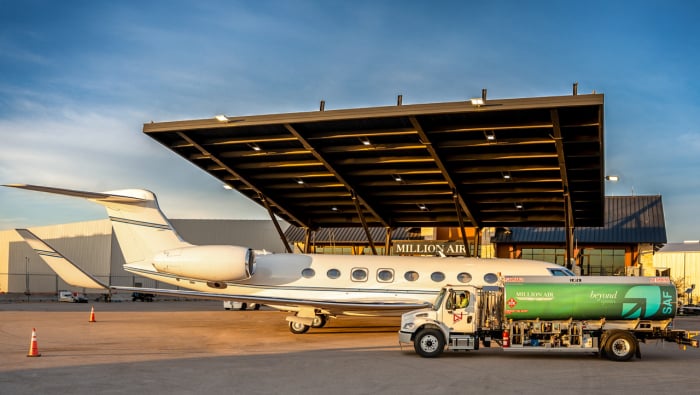Jet-A alternatives pose big technical challenges
How many coconuts does a Boeing 747 need to fly from London to Amsterdam?
Last year amid much fanfare, a Virgin Atlantic 747-400 with one of its four
Last year amid much fanfare, a Virgin Atlantic 747-400 with one of its four







